
Food label to change after glyphosate lawsuit
Company agrees to pull its 100 per cent natural claim on granola bars after consumer groups sue over herbicide residue

Barley, oats sustainability quantified by study
One tonne of oats produced in Saskatchewan has a carbon footprint 201 per cent lower than that produced across the country
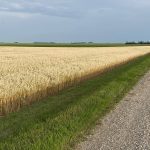
Barley, oats sustainability quantified by study
One tonne of oats produced in Saskatchewan has a carbon footprint 201 per cent lower than that produced across the country
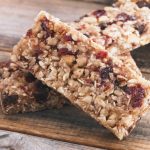
General Mills changing Nature Valley labels after lawsuit’s glyphosate claim
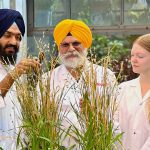
Gene-edited oats in the cards?
McGill plant scientists using CRISPR to improve oat genetics
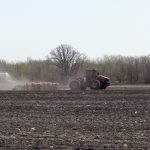
Spring planting in Manitoba close to finished
Province gets very little rain over the week

As seeding nears end in Alberta, moisture becoming an issue
Planting advances 10 points at 90 per cent complete

Manitoba Crop Report: Dry conditions speed up planting

Blockbuster oat variety on the horizon
A new and yet-to-be named high-yielding oat variety was developed using traditional plant breeding methods
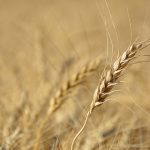
Canada to seed more wheat, less canola in 2025: StatCan
Farmers also seeding more peas, corn and oats





